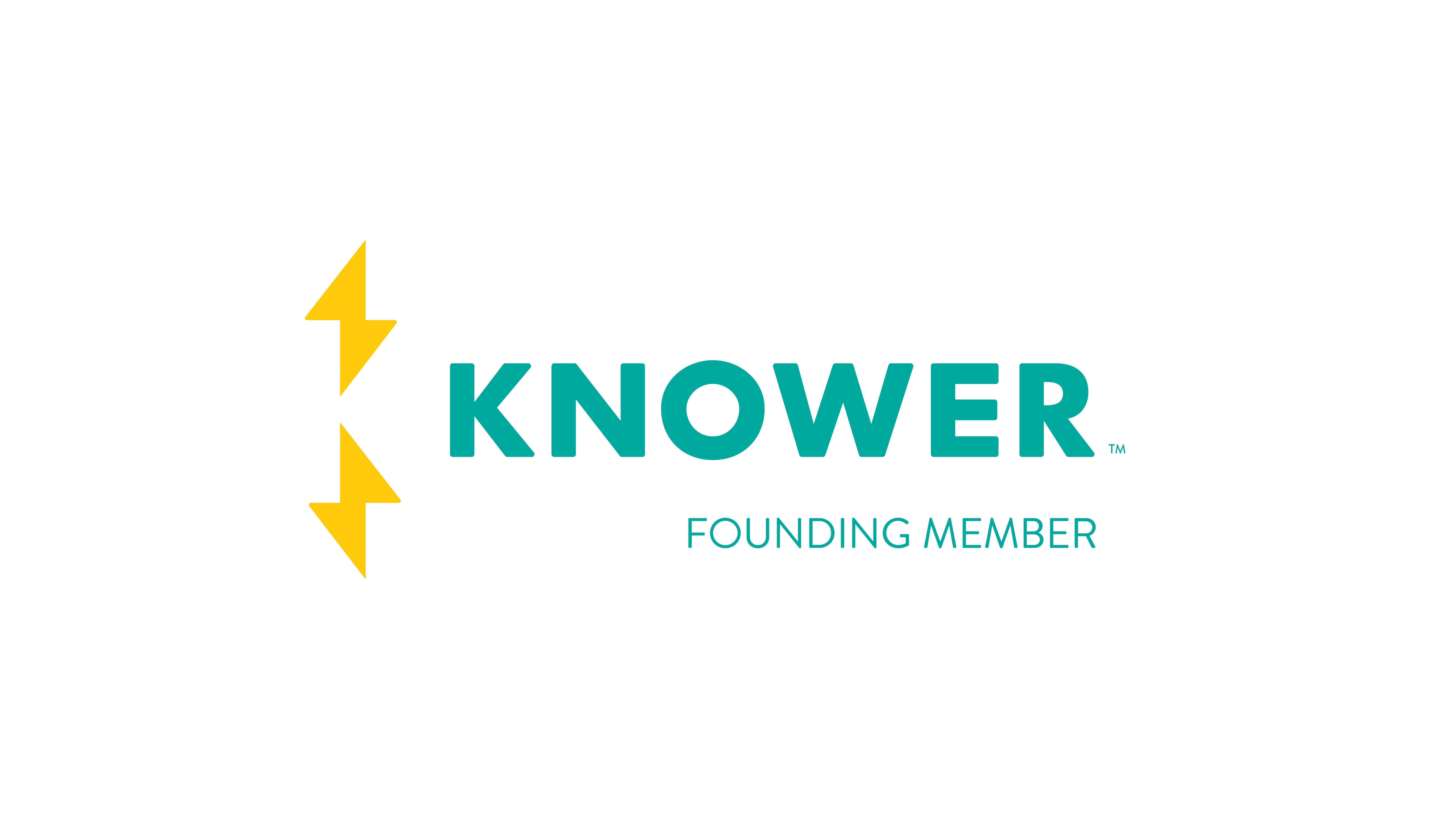Your number one priority is maintaining the safety of your overhead crane equipment while maximizing its uptime. You are faithful to get complete OSHA inspections and perform timely repairs, but could you still be missing something?
You may have forgotten about your hook.
How Does Your Hook Measure Up?
Your crane’s hook is one of the most used and stressed components of the hoist.
And there are many factors that could lead to hook failure: overload, chemically active environments, incorrect installation, extreme operating temperatures, poor maintenance, improper usage, and manufacturing flaws. Because of such factors, and the fact that so many of them are invisible issues, you need to go farther than your normal hook inspection to maintain the safety of your employees and minimize the downtime of your hoist system.
ASME and OSHA Standards Regarding Hooks
According to ASME B30.10 (2014), crane and hoist hooks should be removed from service if any of these mechanical defects such as these are visible:
- Excessive pitting or corrosion
- Cracks, nicks, or gouges
- Wear exceeding 10% (or as recommended by the manufacturer) of the original section dimension of the hook or its load pin
- Visibly apparent bend or twist from the plane of the unbent hook
- Any distortion in the throat opening causing an increase of 5% not to exceed ¼ in. (6 mm) or as recommended by the manufacturer
- Damaged, missing, or malfunctioning hook attachment and securing means
- Thread wear, damage, or corrosion
- Evidence of excessive heat exposure or unauthorized welding
OHSA has similar requirements found in OHS Regulation Part 15: Rigging, Section 15.29 Hook rejection criteria. According to this standard, a hook that is damaged or worn must be permanently removed from service under the following conditions:
- Throat opening, measured at the narrowest point, has increased by more than 15% of the original opening
- The hook has twisted more than 10° from the original plane of the hook
- The hook has lost 10% or more of its cross-sectional area
- The hook is cracked or otherwise defective
- Wear or damage exceeds any criteria specified by the manufacturer
Fatigue Damage
One of the most serious issues with crane hooks is fatigue damage. When metal is repeatedly subjected to cyclical stresses (load/unload) or pulsating loads, infinitesimally small cracks can begin to form. Over time, these tiny cracks will grow. Small cracks in your crane hook can unexpectedly grow to a dangerous, failure-inducing size. And that growth is sudden and estimated to take place at the speed of sound. That is why looking for cracks is so critical for crane hook safety.
Visual Inspection
Several of the conditions listed above can be detected by simple visual inspection, such as bends, twists, reduced cross-sectional area, and increased throat opening. You can also check for nicks and gouges with a simple visual inspection. A good rule of thumb is this: any nick or gouge that you can fit your fingernail into is serious. Such hooks should be removed from service.
Dimensional changes can be measured with calipers, micrometers, and dial indicators, then carefully recorded, and compared to original values. This is also a great way to track changes that can be a red flag for catastrophic failure.
By the way, reduced cross-sectional area and changes in throat opening are serious. They are symptoms indicating that the load on the hook has exceeded what it can recover from. This type of overload, which engineers call plastic deformation, can lead to unexpected failure even at a load less than the rated capacity of the hook.
Non-Destructive Testing for Crane Hooks
There are a few types of non-destructive tests that will also reveal issues with your crane hooks. This type of testing usually requires that the hook be removed from the lower block and should focus on the hook, nut, and shank area of the hook because these are the most common locations for failure.
The first is liquid penetrant testing, sometimes called dye penetrant testing. You might be familiar with it because of its use in welding where it provides visual evidence of a bad (or good) weld. It uses a special dye to reveal cracks, fractures, nicks, gouges, and pitting that can be difficult to see with the naked eye. It can reveal the smallest flaws and discontinuities that can result from overloading, fatigue, and impact loadings.
Another commonly used non-destructive test is magnetic particle testing, also referred to as Magnetic Particle Inspection (MPI), which is used to look for cracks and embrittlement in crane hooks. During the process, a magnetic field is induced in the hook. Discontinuities in the resulting magnetic field show where surface or near-surface cracks exist.
Conclusion
Even if you complete your normal OSHA crane hook inspection, you can still have invisible issues and hidden damage. Just because you cannot see the problem doesn’t mean it isn’t dangerous. Do not take chances with your crane! Take the time for a deeper inspection to avoid the repercussions of injury, damage, and downtime that can result from a damaged hook.
At Hi-Speed Industrial Service, our team can perform the OSHA mandated inspections for all aspects of your crane, including the hooks. We know the investment you have in your crane and hoist systems, and we understand the impact that downtime has. You can count on our inspection team to be thorough, not just looking for obvious issues but invisible crane hook issues as well.

